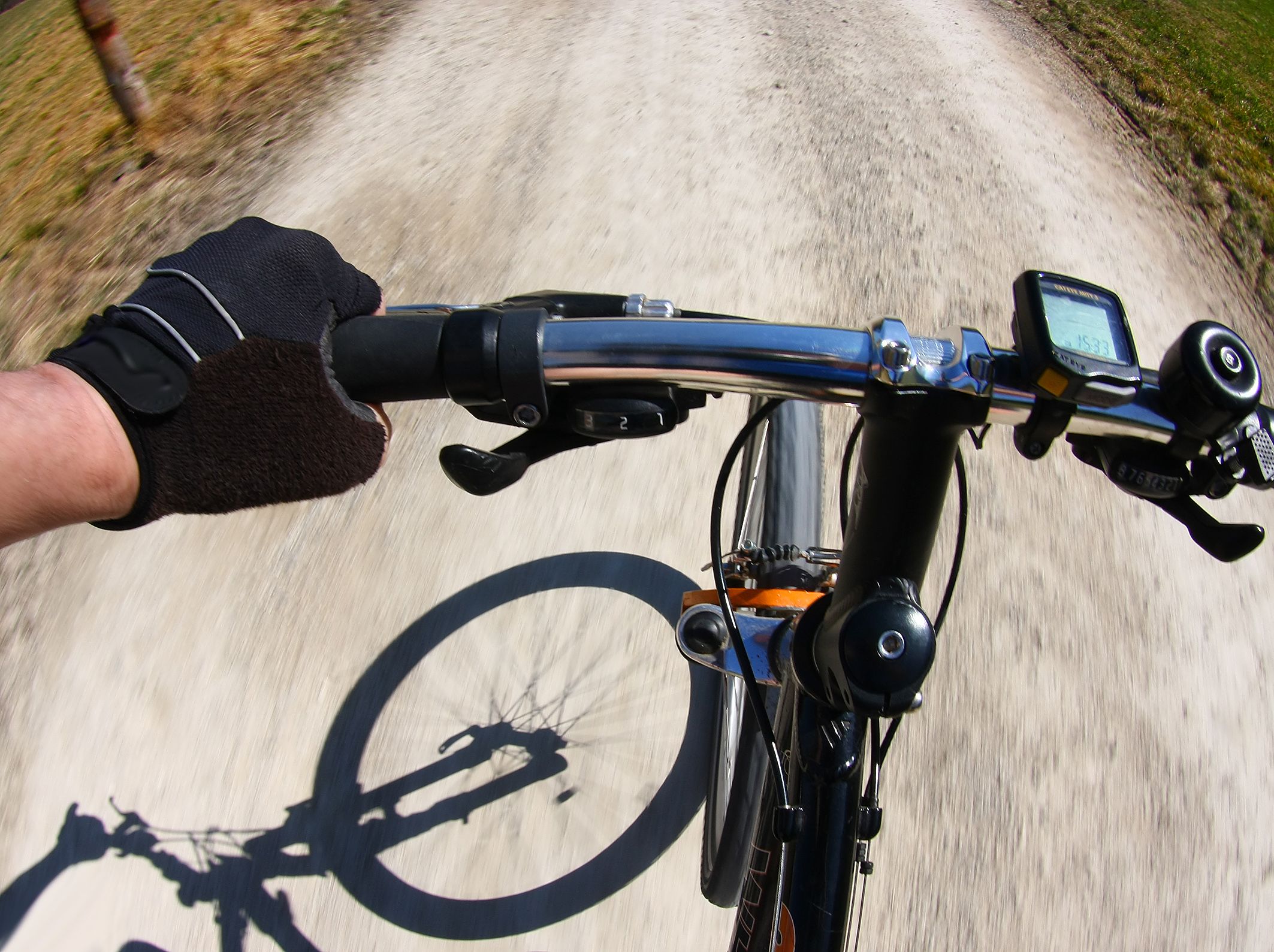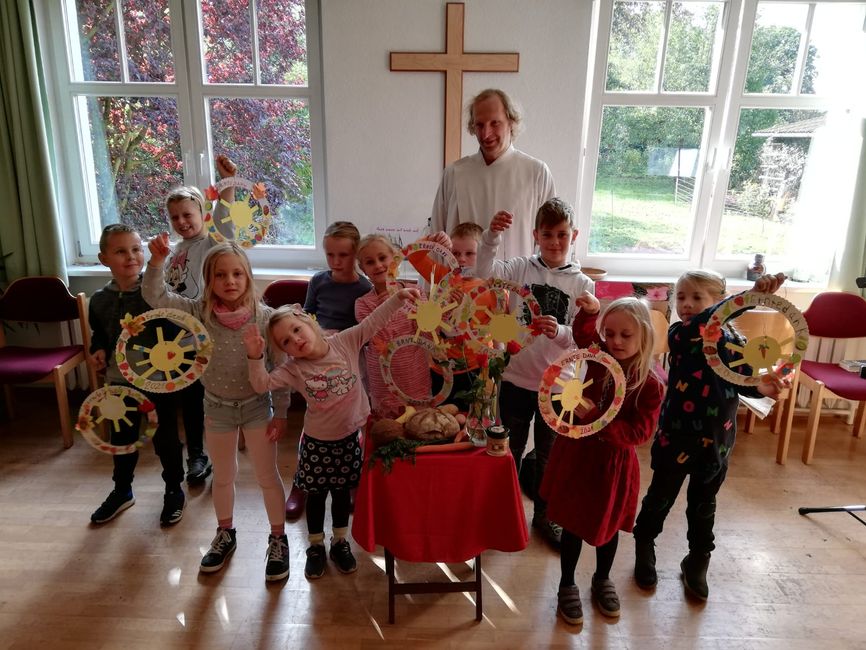
Go East - Mit dem Fahrrad zu Ev. Gemeinden in Osteuropa
vakantio.de/go-east-mit-dem-rad-zu-gemeinden-in-osteuropa
64th Day - Sept 10: Schäßburg/Sighisoara - Pearl of Transylvania
Lolomiina: 12.09.2022
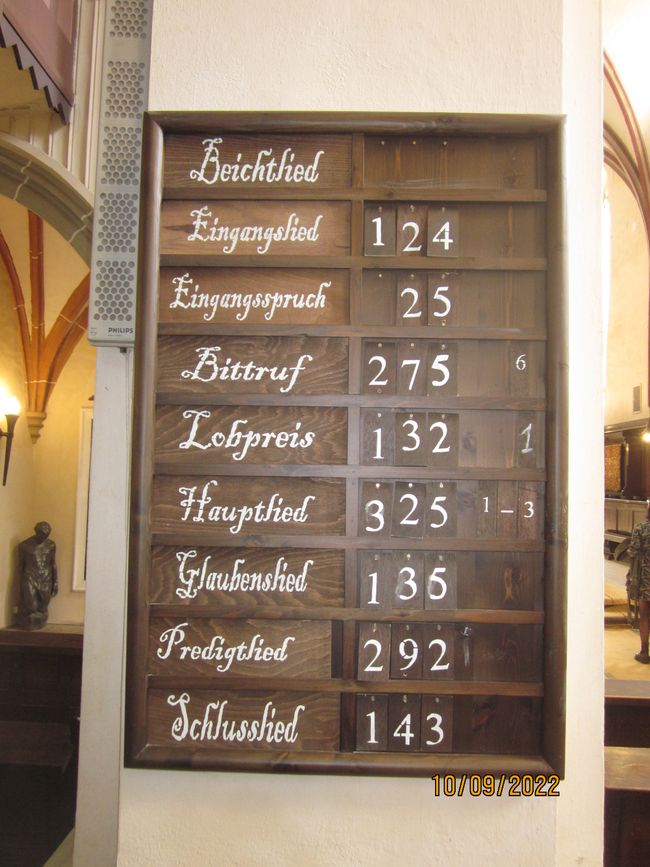
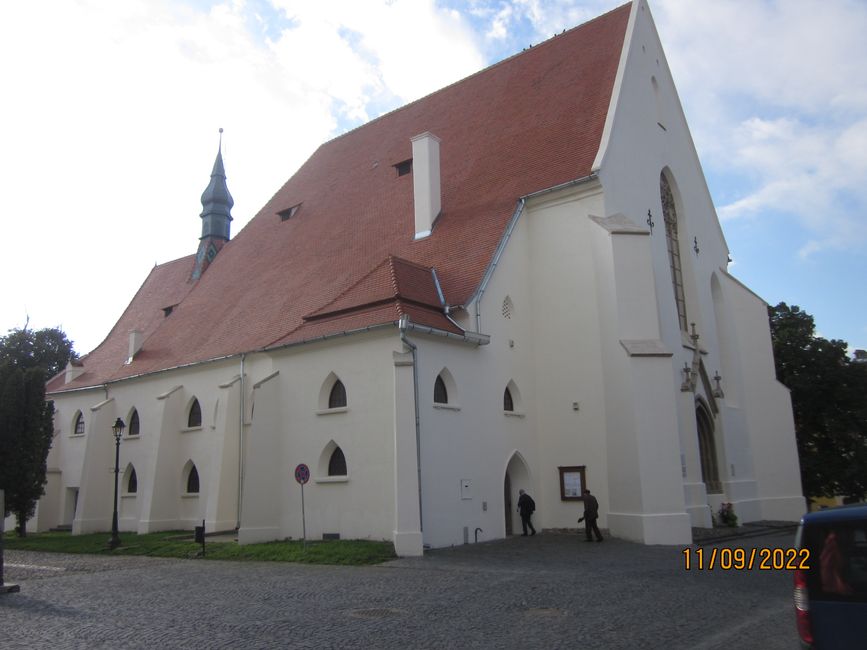
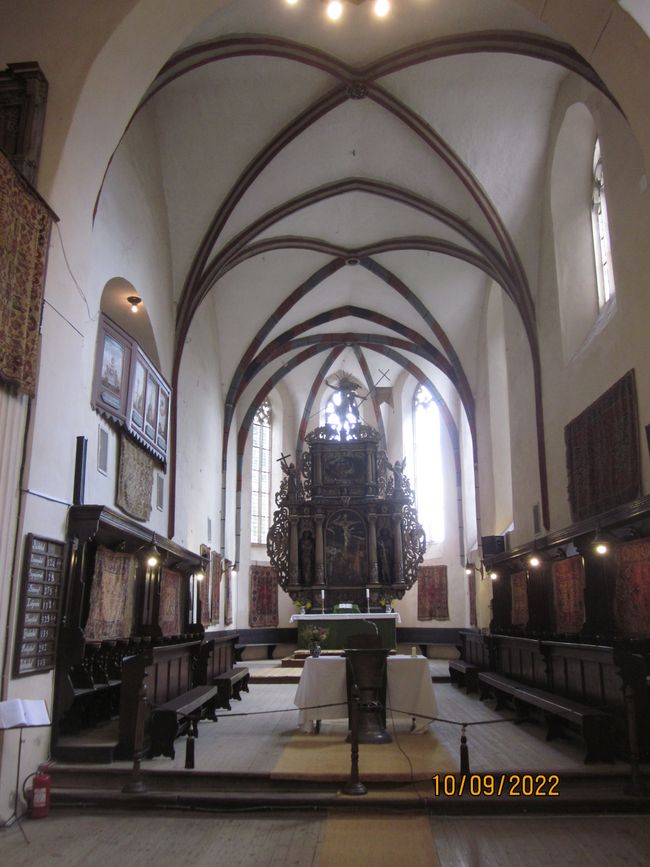
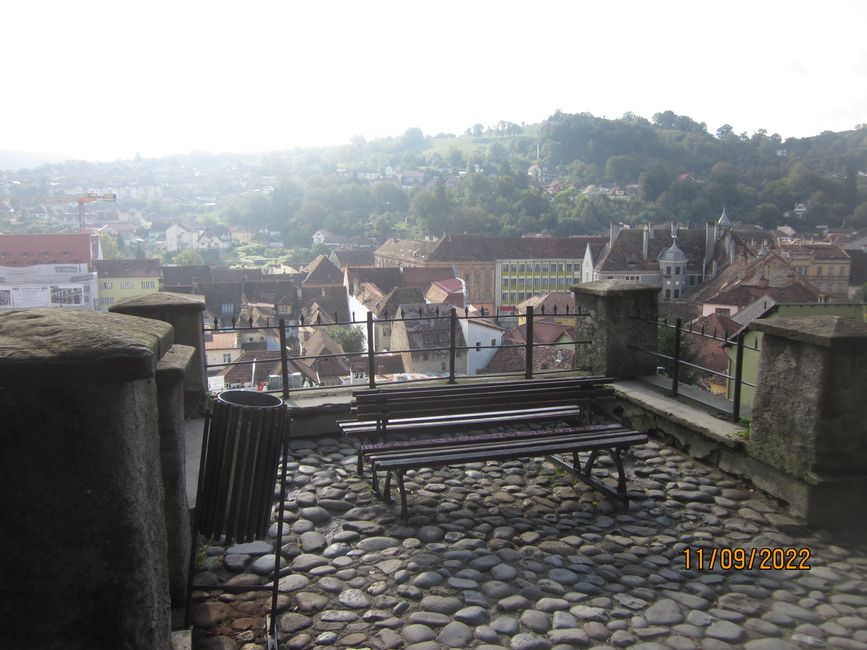
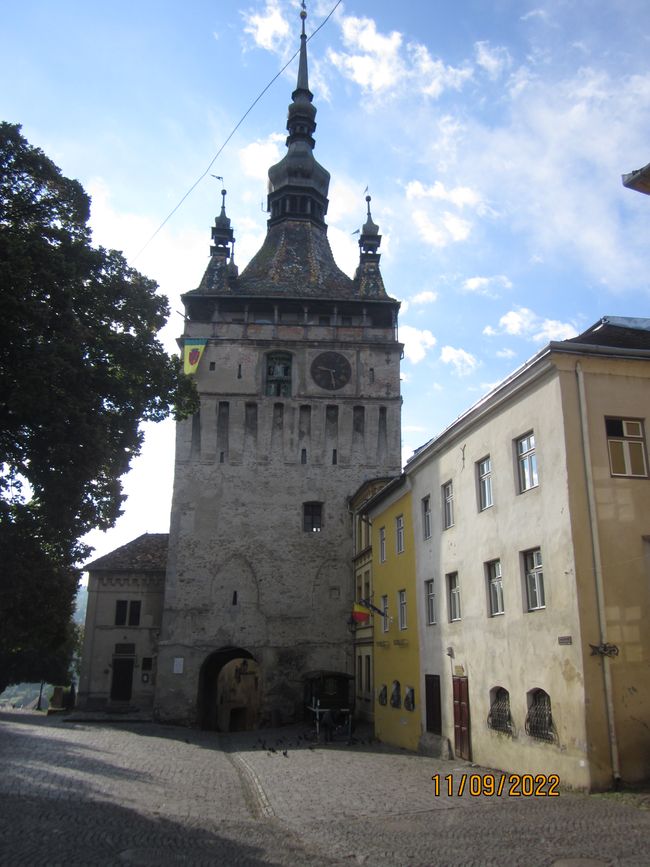
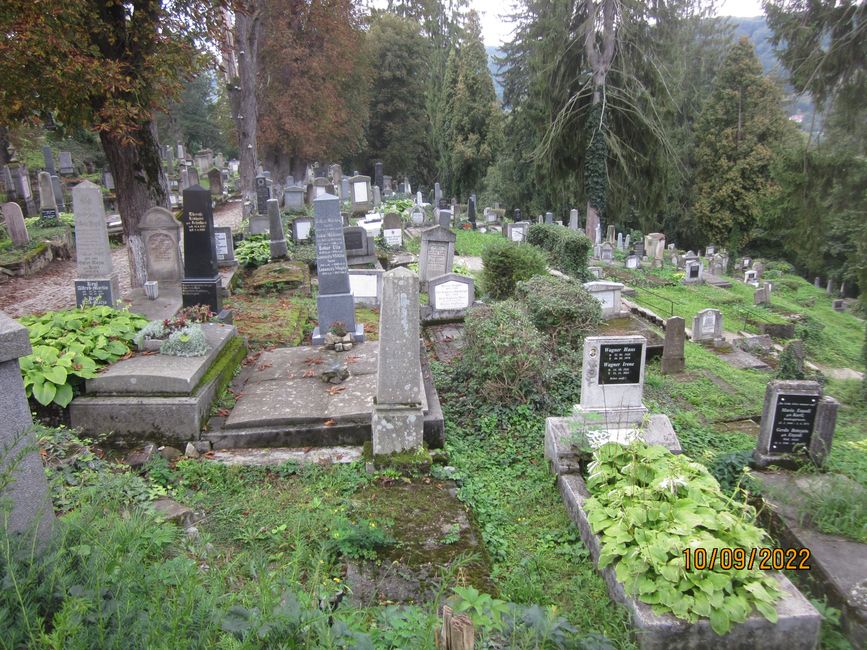
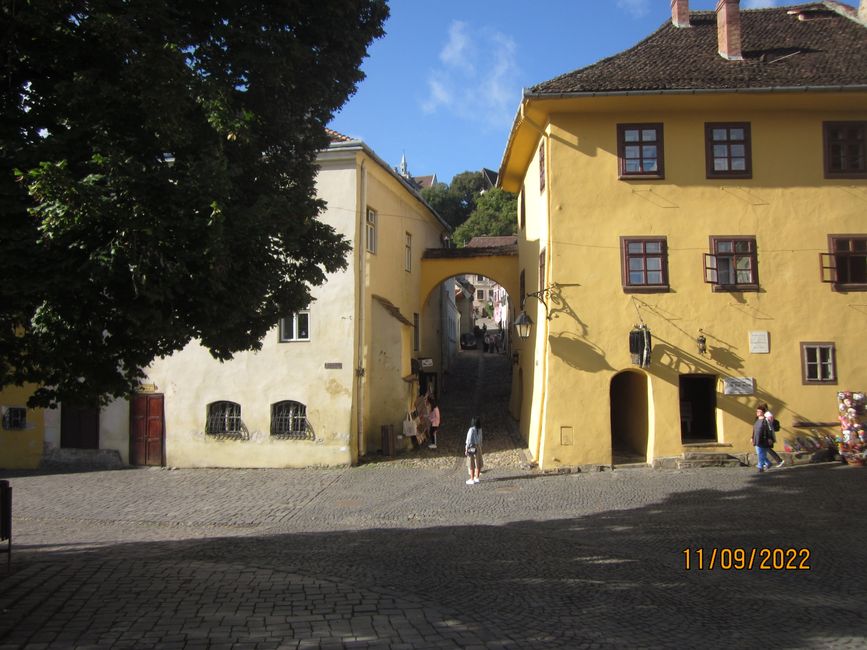
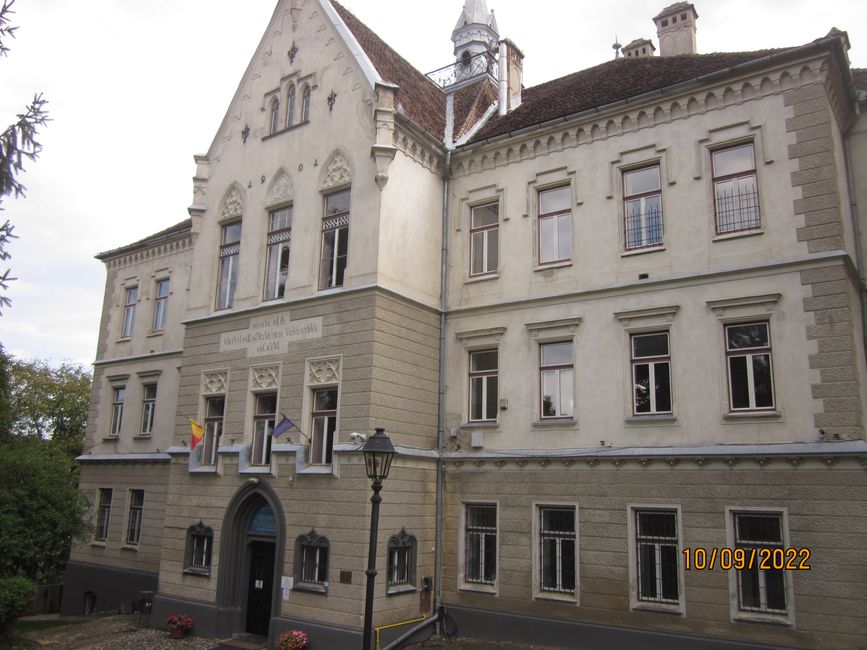
Fa'asoa ile Newsletter
As soon as I left Malmkrog, the rain started again. Like the past few days, I arrived at my destination completely soaked. However, the ride through the rain was short because my destination, the so-called Pearl of Transylvania, Schäßburg (in German) or Sighisoara (in Romanian), was only about 25 km away from Malmkrog. The last 600m, I had to push my loaded bike up the unique Schäßburg castle on the medieval cobblestone pavement. In the center of the castle, next to the Clock Tower, stands the newly renovated Evangelical Monastery Church of Schäßburg. The entire castle complex with the church, the small winding streets and houses, the medieval towers, the German high school, and the mountain church are listed as UNESCO World Heritage Sites.
That's why I arrived at around 10 am because I also wanted to see the city. Right in front of the church, Pastor Fröhlich welcomed me and showed me the guest apartment of the Evangelical Church Community, where I was allowed to sleep. There, I quickly changed into dry clothes and then we talked for almost two hours about the history of the Transylvanian Saxons and the current situation of the church community.
The emigration of the Transylvanian Saxons from many purely Protestant villages to Germany began as early as the late 1970s. At the time of the revolution, there were still about 300,000. Schäßburg was indeed a mixed city of Germans and Romanians but was strongly influenced by German culture and the Protestant population. According to the community membership list, there are still about 600 Germans among the current 28,000 inhabitants. In reality, however, there are only about 350-400, as a large part either lives in the major cities of Romania or in Western Europe. Every Sunday, there is a German-language church service in the monastery church. There is also a special children's church service once a month. The church's appearance is reminiscent of being somewhere in Germany. The choir board is very impressive, where the different songs for the church service are displayed. Various German-language plaques commemorate the German war dead in World War II and also the deportees to the Soviet Union.
In addition to the church service, there is a church choir and even a brass band in the church community. Organ concerts regularly take place in the summer. The church is open daily for the numerous tourists. This is how the Evangelical Church Community presents itself in the city. In addition to the tourist work, diaconal work is another focus of the community. There is a nursing station, the Karl-Friedrich-Müller-Haus, 'Meals on Wheels', and an outpatient home care service.
Although the church community is very small in terms of numbers compared to German standards, there are a variety of offers, as I gathered from the conversation with Pastor Fröhlich.
After the long conversation, I took a look at the city. The sun was shining by now, so the tour of the castle town became interesting. I visited the German high school on the mountain next to the mountain church. The way there leads over the historically valuable and covered 'Schülertreppe' (student steps). Of the approximately 800 students, there are only about 60 Germans, but they all take their high school diploma in German, which is recognized by German universities. Although the Evangelical Mountain Church is open, it is no longer used for church services. Directly in front of it begins the Historical Evangelical Mountain Cemetery, which has now become a tourist attraction. Furthermore, there is the Dracula House right in front of the church, where the author of this story is said to have been born and is visited by many tourists. But I decided not to visit it.
In the evening, I returned to the guest apartment and wrote something for my blog and planned the next day with a visit to Dunnersdorf, where Gottfried Vogel was a pastor for six years. Then it became really loud because a blues music festival took place on the small market right next to the apartment. I opened the window and listened a bit while preparing my dinner. After 11 p.m., it became quiet and I was able to sleep well.
Fa'asoa ile Newsletter
Tali
